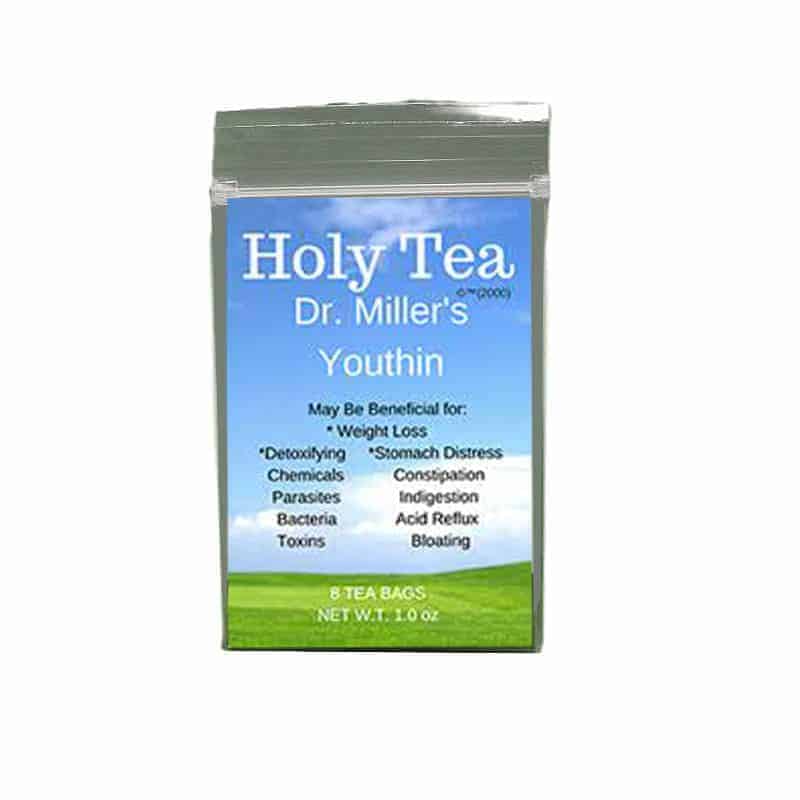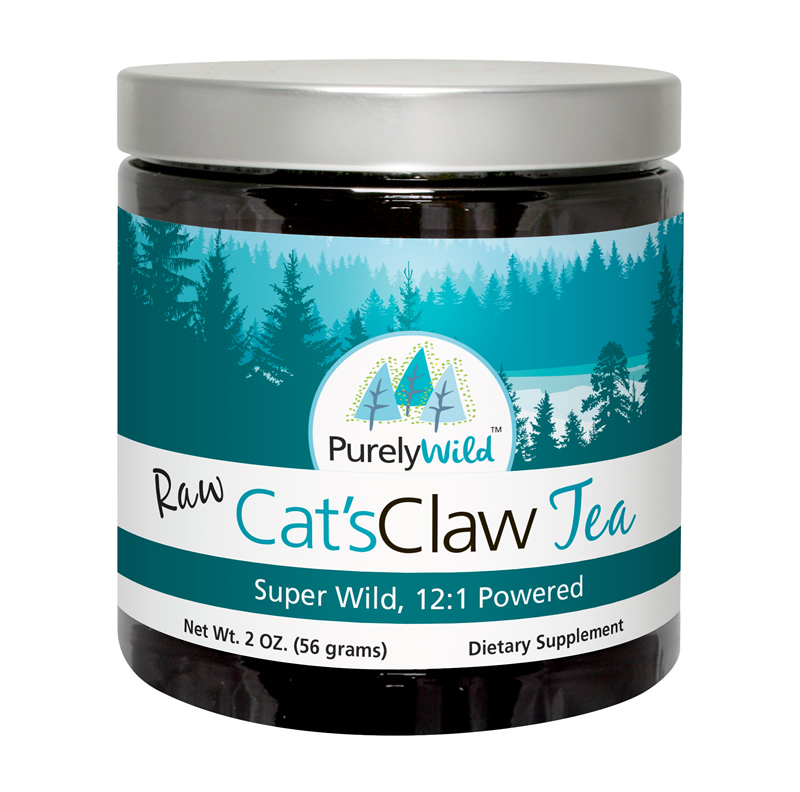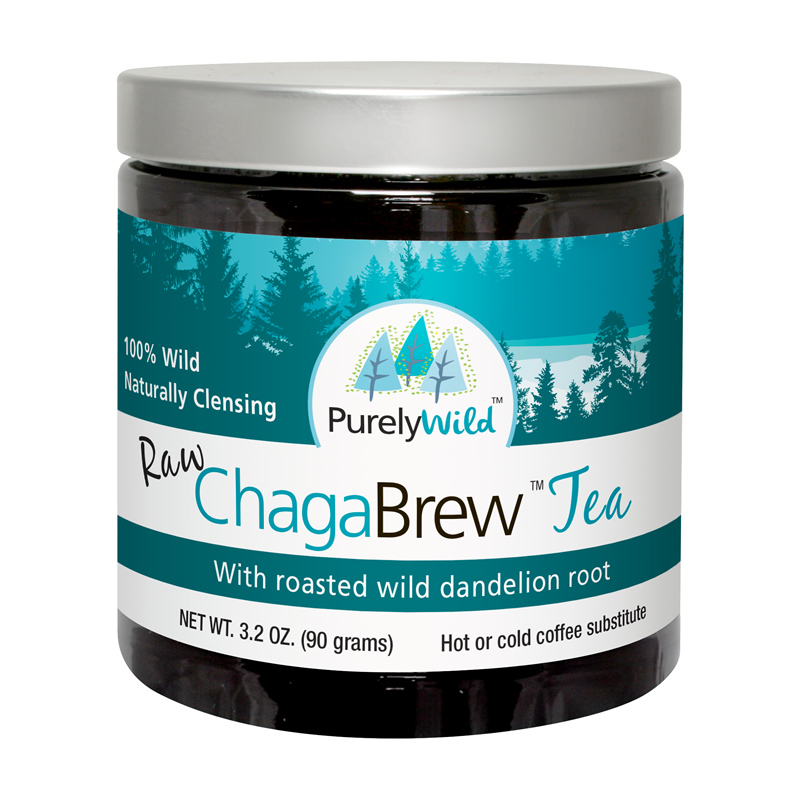No products in the cart.
Pain Relieving Herbs with Recipes
Please take note: we are not offering a “cure for arthritis”. We are not allowed to say or write that we can cure arthritis or osteoarthritis, because these are defined as medical conditions, and only a licensed health practitioner is legally allowed to tell you that you have arthritis, or any other medical condition.
Pain-Relieving Tea
- 3 parts dried willow bark
- 2 parts dried licorice root (glycyrrhiza glabra)
- 1 part minced garlic (allium sativum)
Pour boiling energized water over the mixture, cover and steep for 10-20 minutes. Add lemon and/or honey, plus ginger and turmeric to taste (read more about them below).
Willow bark tea has pain-relieving and anti-inflammatory properties from a chemical called salicin. It’s effects are similar to those of Aspirin: a painkilling drug taken by many people every day. A very common side effect of Aspirin is an upset stomach. When willow is taken diluted in the form of tea, you’ll have less stomach troubles.
Licorice has anti-inflammatory effects to help arthritis, and will also soothe any digestive problems caused by salicin in the willow. Garlic helps reduce blood pressure, as long-term use of large amounts of licorice can raise blood pressure (and lead to excessive potassium loss). More importantly, garlic can stimulate your immune system.
Arthritis Soup
You don’t need all of these ingredients. Play with the proportions and flavors. If an ingredient doesn’t appeal to you or is unavailable, simply leave it out. Makes 4 servings.
Main Ingredients:
- 3-4 quarts of energized water
- 2 cups chopped cabbage
- 1 cup sliced string beans (1″ pieces)
- 1 cup chopped celery
- 1 cup stinging nettle leaves (read more about them below)
- 1/2 cup diced carrots
- 1/2 cup chopped asparagus
- 1/2 cup dandelion leaves 1/2 cup finely chopped dandelion root
- 1/4 cup chopped spinach
- 1/4 cup cubed eggplant
- 1/4 cup chopped chicory
- 2 tablespoons minced garlic
- 2 tablespoons turmeric (read more below)
- 2 tablespoons licorice
- 2 tablespoons evening primrose seeds
Season with any or all of the following:
- Red pepper (cayenne)
- White mustard
- Organic flaxseed
- Sarsaparilla
- Fenugreek
- Lemon juice
Place the energized water in a large soup pot. Add the main ingredients, then season. Bring to a boil over high heat. Reduce the heat, cover and simmer for 20 to 30 minutes, or until the vegetables are tender.
Antioxidant Arthritis Tea
Rosemary and oregano are both antioxidants, as are basil, bee balm, horehound, hyssop, lemon balm, marjoram, peppermint, sage, savory, spearmint and thyme. Try topping it off with a dash of ginger and turmeric. In addition to their antioxidant value, these herbs contain proven anti-arthritic compounds: basil had five anti-arthritic compounds, while marjoram, oregano and rosemary weighed in with a few each. To make tea (if you feel that you require a recipe) try 2 parts of the ingredients that you like, and one part that you find less appealing. Pour boiling energized water over the herbs, cover and steep for 10-20 minutes. Drink up!
Ginger Root and Turmeric
In one study, Indian researchers gave 3- 7 grams (1.5 – 3.5 teaspoons) of ginger a day to 46 people (18 with osteoarthritis & 28 with rheumatoid arthritis). More than 75% of them reported some relief from pain and swelling. Even after more than two years of taking these high doses of ginger, none of the people reported side effects. This study is one reason that Jean Carper, author of “Food: Your Miracle Medicine” drinks ginger tea for her osteoarthritis. The curcumin in turmeric is a close chemical relative of some compounds found in ginge, a good reason for its reputation as an arthritis treatment. You can enjoy both herbs in a wide variety of spicy dishes as well as in teas.
Pineapple, Contains Bromelain
Pineapple is rich in vitamin C, immune-boosting minerals and bromelain. Research suggests that bromelain helps prevent inflammation. Some trainers recommend pineapple to athletes for the prevention and treatment of sports injuries. For arthritis, bromelain can help rid your body of immune antigen complex, that is implicated in some arthritic conditions. Bromelain also helps digest fibrin, another compound suspected of being involved in some types of arthritis. If you need an excuse to indulge in fresh, ripe pineapple… this is it.
Hot Red Pepper (capsaicin, various species)
Capsaicin, the pain-relieving chemical in red pepper, triggers your body to release endorphins, which are natural opiates. Red pepper also contains aspirin-like compounds known as salicylates. Ironically, red pepper can cause pain on your tongue, but it actually interferes with pain receptors around your body.
Red pepper can be made into a tea, but it’s more enjoyable when cooked into a variety of spicy dishes. Or try a splash of hot-pepper sauce in tomato juice. Compounds in red pepper can also help relieve arthritis when you apply the herb to your skin. Researchers have discovered that you’ll get significant pain relief if you apply capsaicin cream directly to painful arthritic joints four times daily.
Capsaicin creams are generally believed safe and effective for arthritis. In one study of this treatment, the capsaicin cream reduced Rheumatoid Arthritis pain by more than half, and osteoarthritis pain was reduced by about one-third. Before using, test it on a small area of skin to make certain you’ll have no reaction. If you have any irritation, discontinue. Be sure to wash your hands thoroughly afterward using capsaicin cream, as you don’t want in your eyes! Look for capsaicin in the ingredient list of over-the-counter pain creams such as Zostrix or Capzasin-P, or ask your doctor for a prescription capsaicin product.
Rosemary (rosmarinus officinalis)
Rosemary is sometimes known as the herb of remembrance… quite fitting, since it has antioxidants to help prevent aging in cells, which is associated with memory loss. Rosemary has preservative powers comparable to the commercial preservatives BHA and BHT. And since antioxidants help treat arthritis, this antioxidant-rich herb can help this disease. You could also try Antioxidant Arthritis Tea, above.
Oregano (origanum vulgare)
Research shows that oregano is another powerful antioxidant. Of all the nearly 100 plants in the mint family, oregano had the greatest total antioxidant activity, due to rosmarinic acid, a compound with antibacterial, anti-inflammatory, antioxidant and antiviral properties. Considering all these properties, oregano is definitely worth adding to your pizza and other foods if you have arthritis. You could also try Antioxidant Arthritis Tea, above.
Stinging Nettle (urtica dioica), Contains Boron
This plant is beneficial for your hormones, which help maintain healthy bones and joints. The Rheumatoid Disease Foundation suggests that 3 mg of boron daily, may be helpful in treating osteoarthritis and rheumatoid arthritis. Stinging nettle contains 47 parts per million of the mineral boron (dry-weight). This means that a 100 g serving of stinging nettle could easily contain more than the recommended 3 mg of boron. Try steaming several ounces of fresh young, tender leaves and enjoying them as a vegetable. Although you need gloves to handle the leaves, they will not sting when cooked. Also try taking stinging nettle in Arthritis Soup, above.
Brazil Nuts (bertholettia excelsa) and Sunflower Seeds (helianthus annuus)
Contain S-adenosyl-methionine (SAM)
Brazil nuts and sunflower seeds are very high in S-adenosyl-methionine (SAM), a chemical shown to have pain-relieving and anti-inflammatory properties similar to those found in ibuprofen. To eat enough seeds for effective relief, you’d have to eat about 250g 9 oz) of sunflower seeds, or 500g (18 oz) of Brazil nuts. These amount would not be healthy, but every little bit helps, especially if you’re using other natural approaches. A small handful every day is highly recommended. Yet another reason to eat nuts for your health… a small handful every day.
Broccoli (brassica oleracea)
Contains Glutathione
Studies indicate that people who are low in the antioxidant compound glutathione are more likely to have arthritis than those who have higher amounts. Vegetables rich in glutathione include asparagus, cabbage, cauliflower, potatoes, tomatoes and purslane. Fruits with healthy amounts include avocados, grapefruit, oranges, peaches and watermelon.
Vitamin C
Vitamin C inhibits the progression of osteoarthritis in guinea pigs. In humans, there’s no proof yet, but Vitamin C in an antioxidant activator to jump-start healing, it’s required for tissue growth & repair, protects against blood clotting & bruising, and promotes the healing of wounds & healthy gums. Vitamin C may reduce cholesterol and high blood pressure, and prevent atherosclerosis.
Raisins Steeped in Gin
For all manner of aches and pains including arthritis, people have found that it really works – a tincture of juniper. Some kinds of pain that have been relieved or eliminated after taking the gin-soaked raisin formula include migraine headaches, gout and arthritic pain in joints. Several people reported a decrease in pains that awakened them at night, enabling them to have an uninterrupted sleep. If you benefit from gin-steeped raisins, the raisins probably do you more good than the gin.
Grapes and raisins contain many pain relieving, anti-arthritic and anti-inflammatory chemicals. The long list of beneficial compounds that occur naturally in grapes include such pain relievers as ferulic acid, gentisic acid, kaempferol-glucosides and aspirin-like salicylic acid. Grapes and raisins also contain several anti-inflammatory compounds such as ascorbic acid, cinnamic acid, coumarin, myricetin, and quercetin. In 1997, there was a flurry of interest in resveratrol, yet another anti-inflammatory compound of which grapes are the best source. Ounce for ounce, raisins contain more of all of these compounds than grapes because they contain less water.







